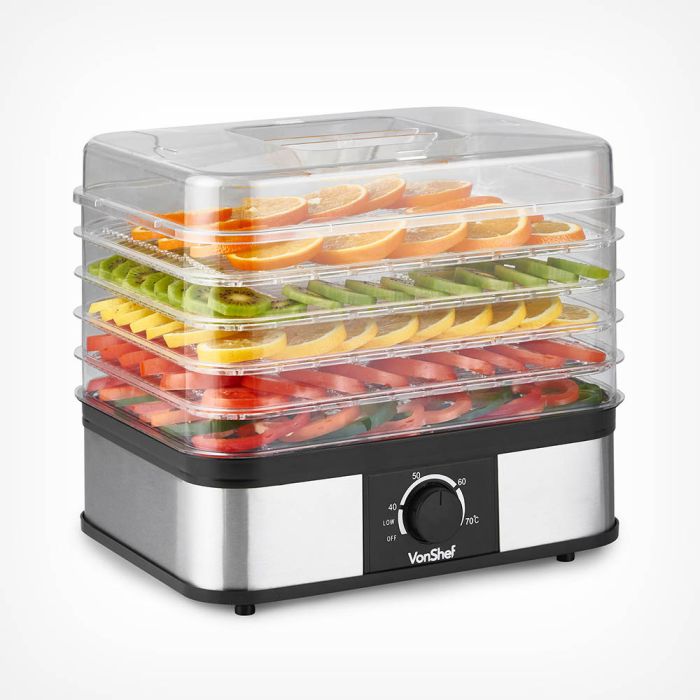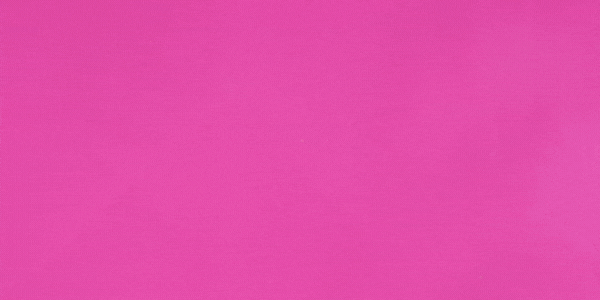[Warning: Graphic Images of Placentas]
This is my ‘recipe’ for how I encapsulated my own placenta after the birth of my third baby in June 2016.
I am not a midwife, but I am a qualified antenatal teacher, so I advise you to do your own research on the benefits and potential repercussions of placenta consumption.
Other methods of placenta consumption are available, such as raw smoothies etc.
This is just how I prepared my own 🙂
‘Ingredients’
1. At least 1 x pregnant Mama!
2. A container (preferably with lid, as you probably won’t feel like processing it straight after the birth!) to store and/or catch the placenta
Placentas can be surprisingly big, so find a container at least 9 inches/23 cm diameter, and a good 3.5 inches/9 cm deep.
Obviously, it needs to be double/triple this size if there are non-identical twins or triplets expected!
Label the container lid with your name, date of birth, and contents.
This is useful even if planning a home birth, as if you need transfer to hospital, the placenta will probably need to go with you and you’ll need to store it in the hospital fridge.
Having your details on it makes it easy to return it to you when you leave.
3. Several sheets of large paper if making placenta prints
Try to avoid freezing your placenta if you want to make prints, or make the prints first THEN freeze it (see below).
4. Kitchen scissors
5. Skewer
6. Cutting/chopping board
7. Antibacterial solution of some kind
This could be anything from a mild bleach solution, Dettol, Milton sterilising fluid, TeaTree oil solution, or your preferred method of sterilising.
8. 1 x method of dehydration
Some people are happy to dry their placenta in their oven on a low setting.
If you use the oven, you’ll need baking sheets to lay the pieces of the placenta on.
You could also use greaseproof paper to line the baking sheets too, to make the placenta easier to remove as it can get a bit stuck.
Others like to use a purpose-made dehydrator, like this one:
9. Greaseproof paper (optional) for dehydrating the placenta on
10. 1 x method of grinding the dehydrated placenta pieces
This could be a food processor, coffee-bean grinder, or if you agree with the belief that mechanical methods have a negative effect on the placenta, a pestle and mortar.
11. About 150 capsules, for the placenta powder
Each placenta is different in size and substance so the number of capsules it makes can vary from 90 to 140.
The standard dosage is up to 2 capsules, 3 times a day for the first 2 weeks.
After 2 weeks you can start to decrease the dosage down to 1 or 2 pills a day as needed.
Gelatine and vegetarian varieties are available, and in different sizes, so make sure to check the item you are buying carefully before clicking Checkout!
12. Something to fill the capsules with
A folded piece of paper could do the job although that can be time-consuming as you have to do each one individually.
Or, for speed, you could get hold of a capsule maker, like this:
Make sure that the size of capsule maker you buy is compatible with the size of capsules you’re buying, as there are different sizes available. If you grow your own herbs for medicinal purposes, this device can be used for making capsules of these too.
13. A bowl for holding the powder during the encapsulation process
14. A tray or large plate for containing the powder during the process
Method
- If making prints first, it’s best not to freeze the placenta as this process can damage the veins and make them less defined in the print.
- I didn’t realise this when I did mine and was pretty disappointed with the results, as can be seen below.

- If your placenta IS frozen, you’ll need to take it out to defrost several hours before you want to process it. It’s probably best, especially if you live in a warmer country, or it’s the one hot summer day we get in England (!), to defrost it in the fridge. Which will take longer, but will minimise any potential bacteria growth.
- Using your antibacterial/sterilising method, give your sink a really good scrub and clean out. You’ll be rinsing it in there and you want to get rid of any potential sources of bacteria that could contaminate your capsules.
- Also, put the tools you will be using to cut up the placenta into some sterilising solution and leave it to soak whilst you do the next couple of stages.
- Once it’s fully defrosted, you might be like me and want to have a play/examine first, before you start cutting it up! I find placentas fascinating, so I took mine and filled the membranes with water to try and imagine my beautiful little boy inside there only a couple of weeks before!

- After playing, or even during, rinse off as much of the blood as possible in the cleaned sink, under running water. This stage can take a surprisingly long time, as just when you think you’ve got it all, some more leaks out. To aid the process, you can stick a sterilised skewer in at various places.
- Also, be prepared to feel a mixture of feelings during processing your placenta. I found it quite emotional, especially when I started cutting it up, and even became a little tearful at first.
- If you want to take any photos of your baby’s life-support system, this is the last time as the next step will involve starting to dismantle it.

- Some people suggest not encapsulating and consuming the membranes, others choose to do so. I haven’t seen any research suggesting which is preferential, so do your Google due-diligence and make an informed choice on which you prefer.
- If you are removing the membranes, snip them off with the sterilised scissors. I removed mine and saved them in the freezer to plant with a special fruit tree dedicated to my baby. I also cut the cord off and kept it to dry into a heart shape.

- Using the sterilised scissors, cut the placenta into small, thin pieces. The pieces I show below are too big – they were too hard to easily powder once dehydrated, so make sure you do them very thin.

- I arranged mine on greaseproof paper sheets, so they didn’t pick up any potential contamination from the food dehydrator, and also to make them easier to remove from the dehydrator trays.
- Set the dehydrator as per the instructions. Each make may differ so I won’t provide specific settings as they may not be compatible with your make/model. If using an oven, set it to a very low heat setting as you want to dry it not cook it. If the oven feels too hot, leave the door slightly open, or try wedging it open a crack with a utensil.
- If using the oven, check on your dehydrating regularly for the first couple of hours to make sure it’s not cooking. If so, adjust the temperature/open the door more.
- Placenta smells very earthy or iron-y, not unlike good quality compost! I suppose in a way it IS, as it’s been growing a human seedling 😉
- When it’s finished it should be brittle, not bendy or pliable. If it is pliable, keep dehydrating.
- Sterilise the grinding utensil you will be using, the bowl the powder will be tipped into, and any encapsulating equipment you want to use. Sterilise a tray or plate too, large enough to hold the bowl and the encapsulating equipment.
- Grinding can be hard work if the pieces are bigger than ideal, but it’s still doable with a lot of elbow grease or a powerful food processor/mechanical grinder. If you find, like I did, that the pieces are so hard to grind that your grinder/blender starts smoking (!), I’d suggest taking them out and trying to cut them smaller with strong scissors, and maybe doing another dehydration burst, just to dry out the middle more. Other than that, just pound the pieces in the pestle and mortar. Once they are smaller, you could try the mechanical method again as they may blend more easily then. After what feels like HOURS, you will hopefully be left with an earthy powder like this:

- Now you’re finally ready to encapsulate your placenta remedy!
- Set up the capsule maker, if using, and place the capsule halves in the sockets, then follow the instructions for filling. I would definitely suggest doing this on a tray so that any stray sprinkles of precious powder can be tipped back into the powder bowl.
- If you’re not using the capsule maker, you could tip the powder into the capsules one by one using a folded piece of paper, or scoop the powder up from the bowl with the empty capsule. Experiment and find which way works best for you 🙂
The capsule maker loaded up with capsules awaiting powder.

The capsules filled with powder, but not levelled off.

The levelled-off capsule bottoms.

Some of the finished capsules!

- Store in a jar in the fridge (or freezer), and take 2 at a time, 3 times a day, for the first two weeks after birth; then 1 or 2 at a time, as needed, anytime after that.
And I couldn’t post this article without showing the owner of the placenta – our beautiful Benedict 🙂

Really hope you found this useful! If you have any questions, feel free to ask.
If you’d like a downloadable, printable PDF copy of this ‘recipe’, you can find it here!







